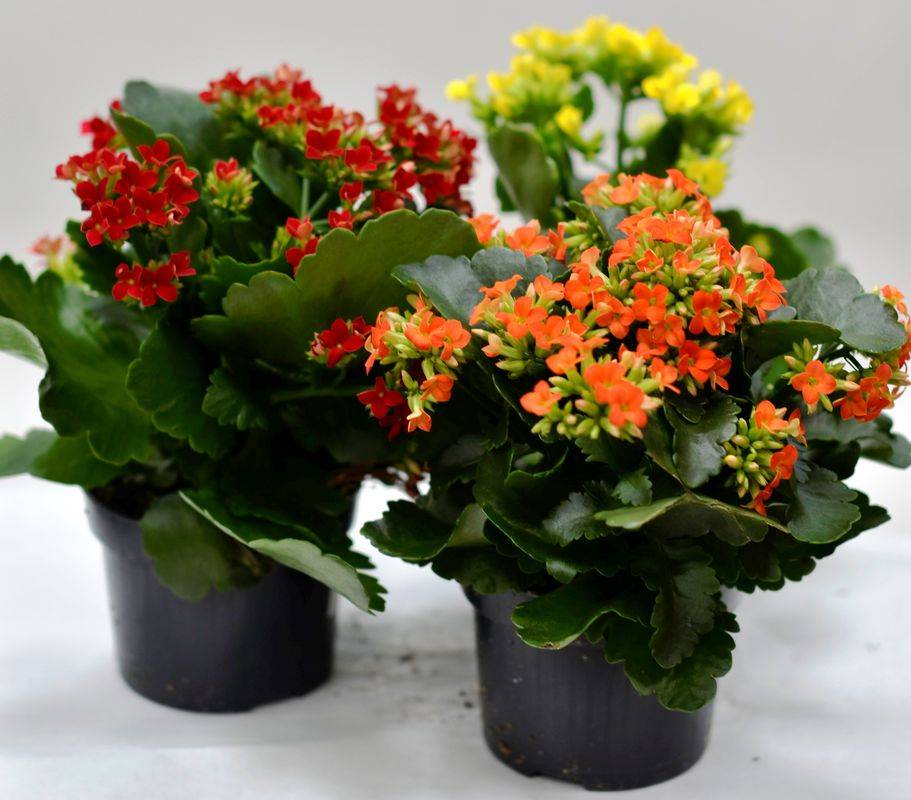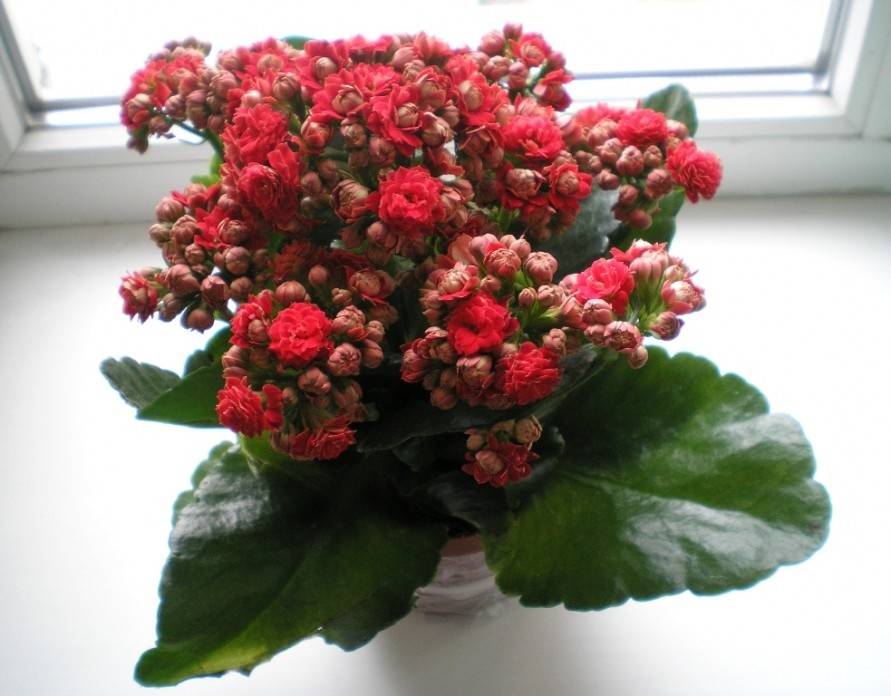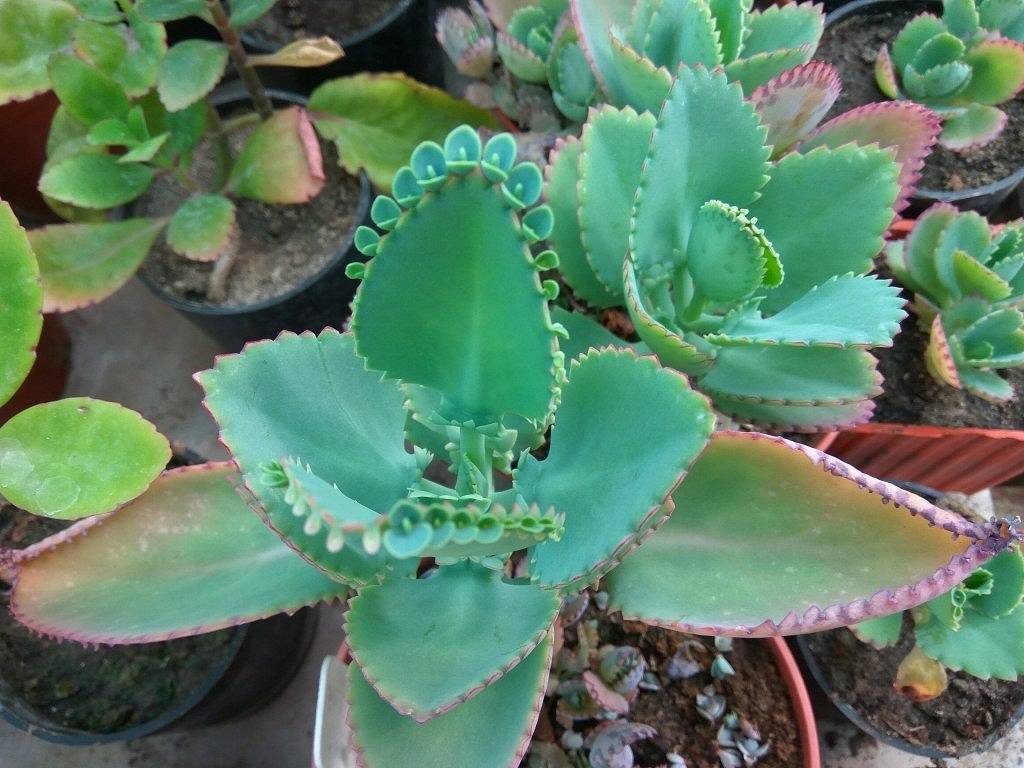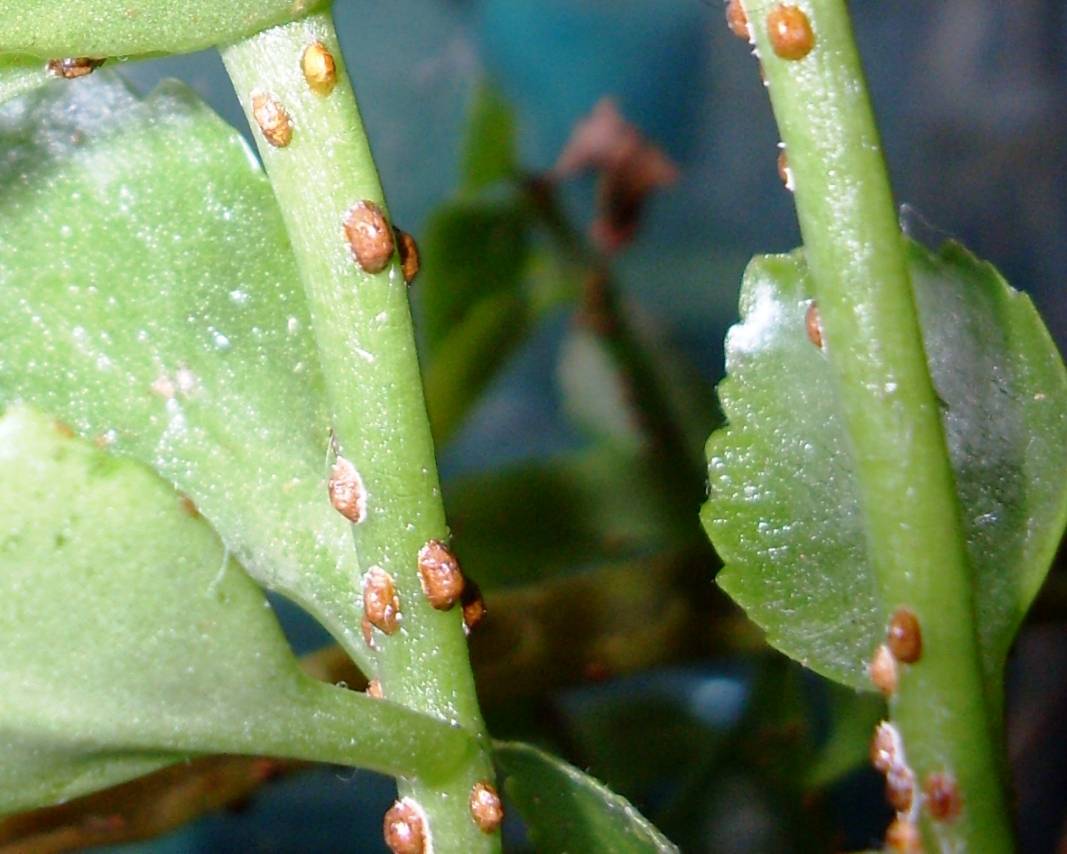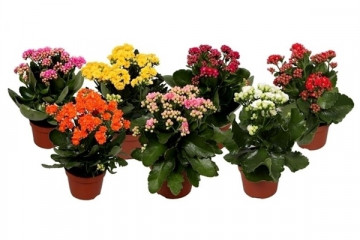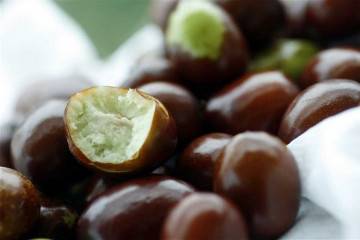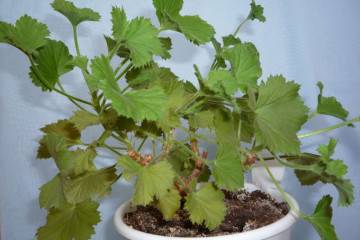How to trim the Kalanchoe correctly
Content:
- Why do you need pruning
- When to carry out the procedure
- Pruning after flowering
- How to cut a Kalanchoe if it is stretched out
- How to prune Kalanchoe, depending on the variety
- Kalanchoe: how to care for and prune to bloom
- How to form a Kalanchoe
- Plant care after pruning and pinching
- Possible problems after pruning
Kalanchoe is a common succulent houseplant, known for its unpretentiousness and medicinal properties. But even the most unpretentious plant needs proper care - watering, feeding and pruning. Pruning Kalanchoe is a fairly simple procedure, the main thing is to follow the sequence and cut the flower at the most favorable time for this. This article will tell you about the recommendations for pruning succulents.
Why do you need pruning
The Kalanchoe is pruned to preserve the decorative properties, splendor and shape of the plant. The culture is characterized by the rapid growth of young shoots, which stretch out quite high, exposing the lower part, which makes the flower look sloppy and neglected. Uncut old shoots, in turn, do not allow young stems to grow normally, preventing Kalanchoe from rejuvenating.
Regular pruning allows you to:
- rest the flower after abundant flowering;
- rejuvenate an adult bush;
- use cut shoots for cuttings;
- stimulate the movement of sap in stems and shoots, evenly nourishing all parts of the flower and increasing the level of resistance to drying;
- stimulate immunity, prophylactically affecting the possible development of various infectious and fungal diseases.
When to carry out the procedure
Depending on the expected result, the crop is cut at different time intervals.
The first pruning or pinching is carried out after an active set of green mass after transplanting a seedling. But how to pinch the Kalanchoe? It is enough to cut off a couple of upper leaves in turn on each shoot. In the future, young shoots with foliage will appear at the pinching site.
Regular preventive pruning, which is often carried out for a young plant every time new leaves appear, allows the flower to grow splendidly. At the same time, there is no need to wait for the young foliage to gain growth.
Pruning stops in the second half of autumn, when the plant begins to prepare for a dormant state for the winter. And in March, you can continue the formation of the crown, but only not when the Kalanchoe has released one or more buds. Pinching during budding interrupts this process, depriving the flower of flowering.
For the lush flowering of Kalanchoe, not only pruning is necessary, but also a sufficient amount of lighting during the budding period. This usually occurs in late winter - early spring, when the daylight hours are short, which is favorable for the succulent. The shading of the flower after 17.00 allows maintaining the optimal light regime, since artificial light is perceived by the plant as an obstacle to the development of buds. The easiest way is to cover the plant with a plastic, opaque container, for example, a glass or a bucket, depending on the size of the Kalanchoe.
Pruning after flowering
The main purpose of pruning after flowering is to allow the plant to rest.For this, withered inflorescences, leaves and flower stems are cut off. Pruning is carried out only after the flowering of the Kalanchoe is complete. It is strongly discouraged to trim the plant in the presence of one or two still quite viable inflorescences.
Correct removal of flowering stems slows down the processes inside the flower, after which it falls into a dormant state for about 3-7 weeks. During this period, watering completely stops, and the pot with Kalanchoe moves to a shaded place.
How to cut a Kalanchoe if it is stretched out
If the plant bush was not pruned in a timely manner and is strongly stretched out in the sun, it is recommended to cut off the top completely, and then monitor the growth and formation of the crown from young shoots. On the new sprout that appears, a pair of upper leaves are pinched off, in the place of which a new shoot will soon form. This new shoot is given a little time to release the third leaf, after which the flower is pinched again. A new pair of shoots sprout at the pinching site, which is cut off after the third leaf appears. The procedure is repeated until the flower gains the required splendor and forms a shape.
How to prune Kalanchoe, depending on the variety
The Kalanchoe variety influences the rules and frequency of pruning. For example, the popular Blossfeld indoor variety, which blooms with bright red inflorescences, can be pruned an unlimited number of times, since it is quite easy to recover. Even if the above-ground part of the bush is completely cut off, the remaining stump will release young shoots after a while and will be covered with foliage. Moreover, the rejuvenated flower will develop more actively, featuring improved decorative properties.
In addition, there are homemade varieties that independently maintain an ideal spherical shape and do not need pruning. One of these is Degremona, who almost painlessly tolerates pinching, an essentially useless procedure for him, since in the place of pinching, the growth of lateral shoots is not activated. The succulent plant independently releases new shoots between two leaves, forming the crown of the plant.
Kalanchoe: how to care for and prune to bloom
In favorable conditions, the flower develops quickly enough. If the shoots are stretched, the foliage becomes smaller, and eventually dries out at the tips, the plant does not have enough strength for the normal development of the entire green aboveground part, respectively, against this background, the flower will not be able to bloom. A similar appearance of the Kalanchoe informs that it is time to start pruning in compliance with the following recommendations:
- the cutting tool must be well sharpened in order to cut off unnecessary parts of the plant as quickly as possible without causing tears and damage;
- the pruning tool is disinfected with an antiseptic before and after the procedure, which reduces the risk of infection of the flower;
- before the procedure, hands are thoroughly washed under running water with a detergent;
- the greatest effect is the pruning carried out in the morning;
- pinching is enough for weak elongated shoots, wilting and yellowing shoots need to be trimmed at the root;
- the actively growing top of a young succulent is pinched, in an adult bush it is cut off with a knife;
- places of cuts are sprinkled with a thin layer of charcoal or activated carbon, crushed into powder;
- after pruning, the plant is provided with partial shade, since moderate light and heat stimulate an active set of green mass.
How to form a Kalanchoe
The formation of the crown of a bush according to the principle of action is similar to pruning. The most favorable period for shaping the plant is the interval immediately after preventive pruning, when the bush has increased the required amount of lush green mass. The formation procedure does not allow outgrowing shoots larger than the required size by pinching off the tops. The pinching is carried out with cleanly washed hands using the thumb and forefinger, between which the tip of the shoot is clamped. The apical leaves should be very small, which will allow the pinching wound to heal faster. In a similar way, a crown is formed with a minimum amount of trimmings to reduce the risk of injury to the Kalanchoe.
Plant care after pruning and pinching
Pruning shoots in any case causes damage to the upper part of the Kalanchoe. To help you recover faster will help the observance of several step-by-step recommendations, which practically do not differ from everyday care:
- watering is carried out after the top layer of the soil has dried: in the warm season, once every 3-4 days, in the cold - no more than once every 14 days;
- it is better not to water once or twice than to pour over the Kalanchoe. This culture is able to store a sufficient amount of moisture in the fleshy foliage, and then gradually spend it;
- water for irrigation should be soft and settled at room temperature;
- water the flower by pouring water under the root or into a tray under the pot, through which the rich root system of the plant will absorb the required amount of moisture;
- a few hours after watering, excess water is drained from the pallets, which does not allow putrefactive processes in the roots to develop;
- the optimal period for feeding is the flowering of the Kalanchoe, which allows you to extend the life of the blossoming inflorescences and lay new buds for the plant. It is enough to feed the plant once a month until the abundant flowering is completed. Excess and frequency of fertilization provoke an excessive set of green mass and deformation of shoots, which negatively affects the decorative properties of the flower;
- every year in the second half of March, the Kalanchoe needs to be transplanted into a new container, 2-3 fingers larger in diameter than the previous one. When transplanting, the flower is taken out together with an earthen lump, which minimizes the risk of damage to the roots.
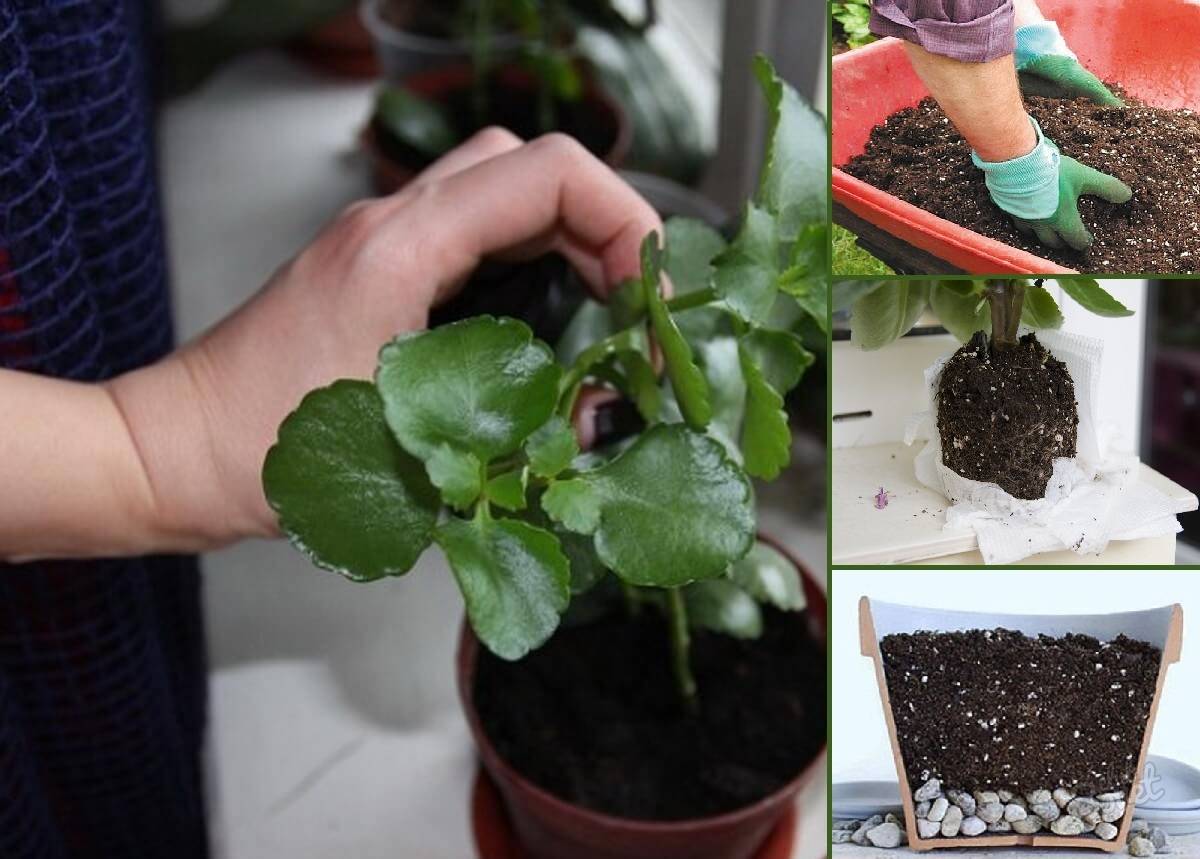
The annual transplant of the succulent should be carried out by the transshipment method together with an earthen ball
Possible problems after pruning
In most cases, the Kalanchoe tolerates pruning quite easily and recovers quickly. Less often, there are cases when cutting off unnecessary shoots reduces the plant's resistance to various infections and pests. In some cases, the flower becomes more demanding in terms of care procedures and conditions of detention, forcing the owners to pay more attention.
One of the most common diseases of indoor Kalanchoe is late blight, which manifests itself in the form of brownish plaque or spots of the same color on the leaves.Excess moisture in the soil or insufficient ventilation of the room can provoke infection. As a treatment, the damaged parts of the bush are cut off, the remaining part is sprayed with an aqueous solution of phytosporin, the frequency of watering is reduced, and the room is increasingly ventilated.
Rare airing during the heating season or heat can provoke the onset of fungal spores that infect the plant with powdery mildew. The disease manifests itself with a whitish layer of plaque on the leaves. The treatment is to provide Kalanchoe with the necessary conditions and treatment with foundation in dosage in accordance with the instructions.
Regularly low air temperature leads to blackening and rotting of the lower part of the stems. This is treated by spraying the bush with discor and moving the plant to conditions suitable for normal growth and development.
Kalanchoe can also suffer from pests, for example, a spider mite, carefully braiding the bush with a fine mesh of cobwebs. This small insect chooses the lower part of the foliage as a habitat for itself, which, during the life of the pest, twists into tubes, turns yellow and falls off. The phytoverm preparation will allow to cure the plant.
Another insect that is detrimental to the health of the Kalanchoe is the mealybug. The pest sticks to the juicy foliage, sucking out life-giving moisture from it, leaving waste in the form of whitish wax stains in return. Treatment consists in collecting insects with hands as much as possible, cutting off the affected parts and spraying with actara. With the same preparation, the scutellum is removed, which appears on the flower as small brown tubercles on the lower part of the leaves and along the entire length of the stems. Before spraying, the infected parts of the Kalanchoe are thoroughly wiped with alcohol using a cotton swab.
If you follow the basic recommendations for pruning and ensure optimal conditions after Kalanchoe, it retains its compactness and beautiful appearance for a long time. It is enough only to conduct an inspection from time to time and, if necessary, carry out a correctional formation of the crown.
